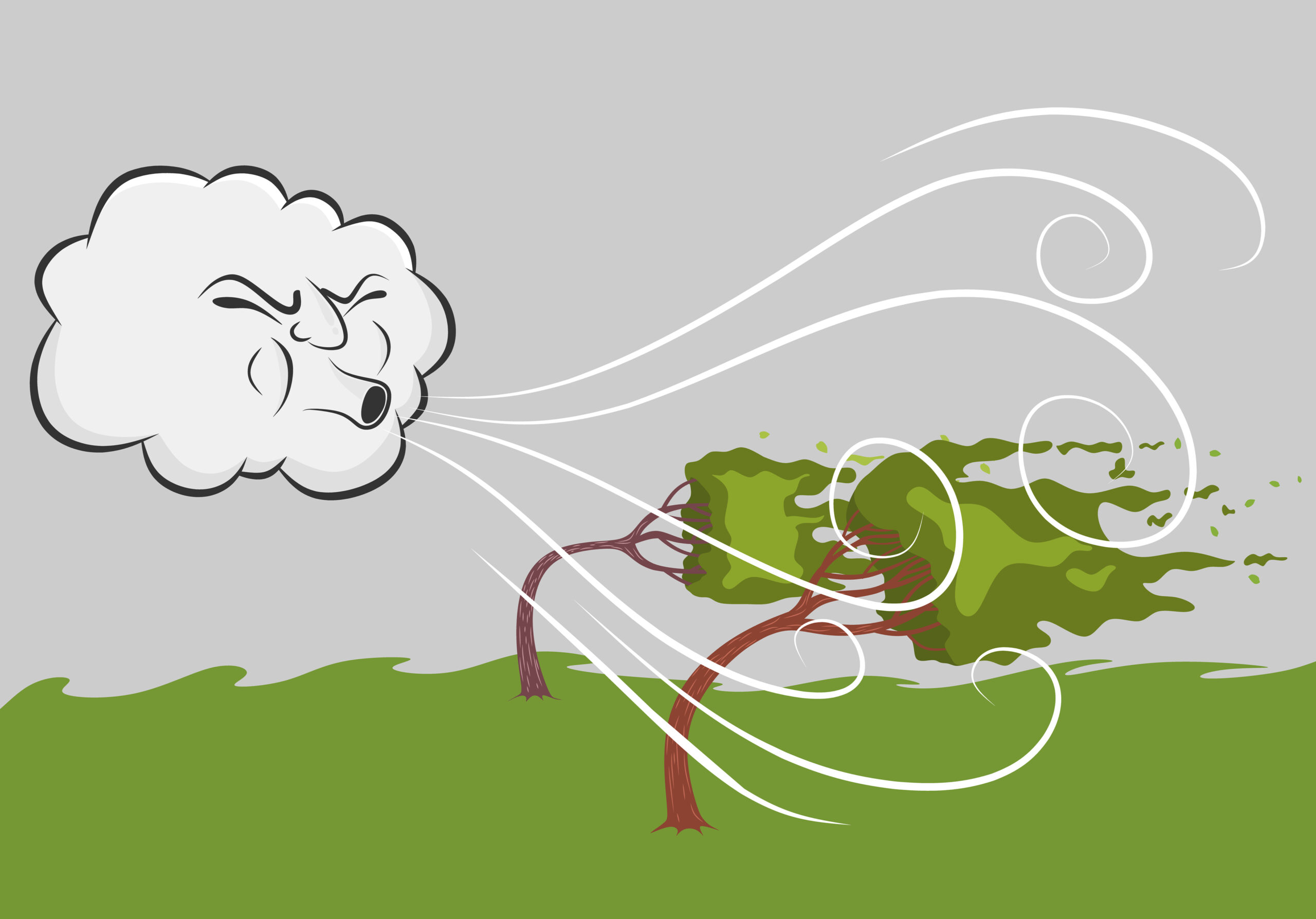
As The Winds Blow: Improving Supply Chain Planning
The winds of change transform industries. Does a digital transformation add value? Who knows? The answer is blowing in the wind because there is no

The winds of change transform industries. Does a digital transformation add value? Who knows? The answer is blowing in the wind because there is no

Holding my coffee tight, I gingerly slid into the last seat on the bus. It was early morning following a long night of travel. I

This week, I was introduced by phone to a marketing leader new to supply chain planning. I listened in amazement when she said, “My marketing

The populist narrative of supply chains focuses on sourcing ignoring the impact of historic practices that are no longer best practices creating waste and inefficiencies.

Build political capital to drive a supply chain planning culture.

The journey to becoming data-driven requires owning the cycle of ingestion, storage, and usage. The adoption of new technologies makes this easier and drives process flexibility in schema and the preservation of semantics.

Today’s supply chains focus on cost reduction with the assumption that the reduction in cost will translate to margin. This is not the case.
The lack of organizational degrades value.

The sharing of concerns by the business leader on the evolution of SAP HANA to SAP RISE as heard at the Consumer Goods Forum. Here I share the concern, some options, and some background.

Do these dogs hunt is a blog challenging the validity of the concepts of autonomous planning, probabilistic planning and the use of artificial planning in planning systems.

The use of pattern recognition and orbit charts to study supply chain excellence.